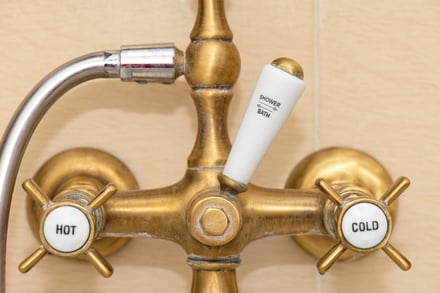 Nowadays, it seems that many people are trying to find that next great gadget to help put them over the top. Whether it’s the fitness world, life at home, or the day-to-day grind at the office, people seem to be peddling some kind of shortcut or cheat code to help aid performance in some way, shape, or form. I know I can’t go a day without scrolling through Instagram and seeing an ad for some new, expensive toy guaranteed to solve whatever problem I seem to be having that day.
Nowadays, it seems that many people are trying to find that next great gadget to help put them over the top. Whether it’s the fitness world, life at home, or the day-to-day grind at the office, people seem to be peddling some kind of shortcut or cheat code to help aid performance in some way, shape, or form. I know I can’t go a day without scrolling through Instagram and seeing an ad for some new, expensive toy guaranteed to solve whatever problem I seem to be having that day.
While sometimes it can be tempting to explore those avenues, I usually tend to stay the course and preach the basics when it comes to performance and recovery. Have I slept 8 hours? Have I eaten whole foods? Did I have a sip of water that day, or was it an IV of caffeine instead? Despite all this, recently I found myself continuing to run across the concept of cold showers, or contrast showers, and how they can be used to aid recovery.
I saw articles about athletes like LeBron James using them for recovery. I read articles from the Journal of Strength and Conditioning examining their benefits, both physically and psychologically. I saw them pop-up as topics on a few podcasts that I listen to frequently. So finally I decided, “Why not? I’m going to do a 7-day experiment on myself and give these contrast showers a try!”
What Is a Contrast Shower and How Can It Help?
First, a little background. A contrast shower alternates between bouts of hot and cold water for a total time of anywhere between five and ten minutes. Some of the purported benefits of this cold thermogenesis include the following:
- Improves blood flow and nitric oxide delivery, especially within the brain.
- Reduces systemic inflammation.
- Supports the connection between the brain and the digestive system by strengthening vagal tone.
- Improves appetite regulation.
- Improves insulin sensitivity.
- Improves mood, focus, and attention.
What Happened When I Tried It
In my case, I chose the 10 seconds of hot, 20 seconds of cold version. I alternated between these 30-second segments 10 times for a total of five minutes. Here’s the breakdown of what ensued:
Day 1
I was terrified. I was starting my early morning with a cold shower. However, I cheated a bit and started with 30 seconds of lukewarm water before flipping it straight to hypothermia-inducing temperatures. And it took my breath away when I finally did. I used my arms as a shield. I think I actually screamed at one point (haha). Once I was through two or three cycles, though, it was a lot less shocking. Still not fun, but definitely more manageable.
Day 2
The first two or three rounds were still brutal. My breathing accelerated and I’m pretty sure I was making weird noises too. By round four, I started turning around, 360 degrees, during the cold portion. It helped a bit, purely from a distraction standpoint. The last two rounds I stood stock-still, focusing on my breathing. When I got out, and even 5, 10, and 15 minutes afterward, my mind felt very clear. I felt a little more energized. But maybe that was because I was grateful it was over!
Day 3
This time I rocked it out at the end of my day. Similar to the first two days, the first two rounds were a struggle. However, finding two really good songs to jam to was extremely helpful. I didn’t have to focus as much on how many rounds were left; instead, I just waited for the songs to end. Also, dancing in the shower, albeit somewhat risky, was a heck of a good distraction!
Day 4
I’m probably losing it by day 4, because I was actually looking forward to it today! I liked the clarity it seemed to bring. I liked the way I felt physically afterward. And as alluded to before, picking a killer playlist is key!
Day 5
I almost ditched my 7-day experiment today. Mentally, I was not feeling up to it. But afterward, I’m glad I stuck with it because I felt very refreshed. I could stand under the cold water while staying still and not screaming, even on round one!
Day 6
Today I focused on making sure some of the more temperature-sensitive areas, like the top of the head, underarm, and chest, were hit throughout. This was quite the curveball! That take-your-breath-away temperature hit me like a tidal wave. I was so alert afterward, though, that I almost forgot to make my morning cup of coffee. I was wired and ready to go at 4am!
Day 7
Mama I made it! I went into this one hoping to alleviate some soreness I had from a workout the preceding day. Afterward I still had some stiffness, but it was markedly different. This was at the end of my day, and transitioning from the contrast shower to holding a warm cup of tea and reading a book was incredibly relaxing. While I was alert, I wasn’t amped up. I felt refreshed and focused. And it sure didn’t stop me from falling asleep the second my head hit the pillow about an hour later.
Final Thoughts
By the end of the seven-day experiment, I was oddly “hooked” on the whole contrast shower concept. Although this is anecdotal evidence, I felt calm, focused, and alert after each shower. I noticed small improvements in self-reported soreness as well. And if nothing else, it was a heck of a wake-up call at 4am before work!
It remains to be seen just how much cold thermogenesis can aid in recovery post-exercise, as the current research (and here) is equivocal. But as with many recovery methods, there is something to be said for the perceived improvements in soreness or pain management. In other words, if you think that it’s working for you, then it will. If you think that it’s a waste, then it probably is.
As of today though, I’m currently riding a 17-day streak of contrast showers! Stay cool, everybody!
This blog was written by Lauren Zakrajsek, NIFS Health Fitness Instructor, Personal Trainer, and Internship Coordinator. To learn more about the NIFS bloggers, click here.


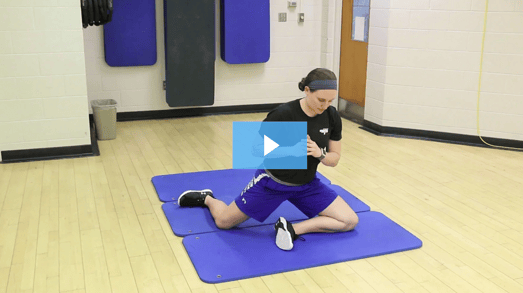
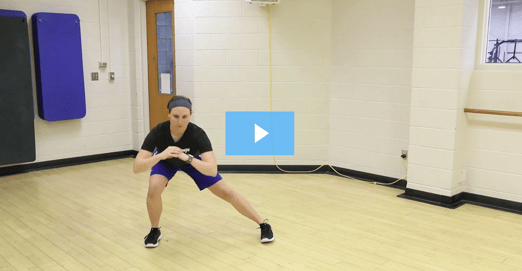
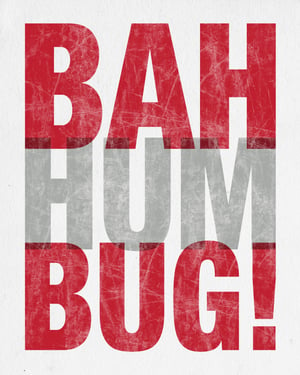 Getting old sucks. That’s right, I said it: getting old sucks. I might be the only one in the fitness world to say it, but it does. I know I’m supposed to be positive about the inevitable passing of time and what each of us face in our journeys—and I’m positive it is not fun at all. No matter whether you are turning 20 or 70, we are all getting older and it is getting old! If you can’t tell by now, I am a bit grumpy about some of the aspects that each passing birthday has in store; and much like Ebenezer Scrooge, I say, “Bah humbug” to it all!
Getting old sucks. That’s right, I said it: getting old sucks. I might be the only one in the fitness world to say it, but it does. I know I’m supposed to be positive about the inevitable passing of time and what each of us face in our journeys—and I’m positive it is not fun at all. No matter whether you are turning 20 or 70, we are all getting older and it is getting old! If you can’t tell by now, I am a bit grumpy about some of the aspects that each passing birthday has in store; and much like Ebenezer Scrooge, I say, “Bah humbug” to it all!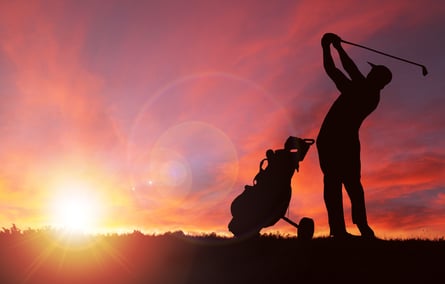 It’s finally that time of year again—time to hit the links and chase a little ball all over a well-manicured green space with the hopes of golf immortality. If you are like me, you have a love/hate relationship with the sport of golf, but I look forward to my weekly round with friends to take on challenging courses and ultimately myself.
It’s finally that time of year again—time to hit the links and chase a little ball all over a well-manicured green space with the hopes of golf immortality. If you are like me, you have a love/hate relationship with the sport of golf, but I look forward to my weekly round with friends to take on challenging courses and ultimately myself.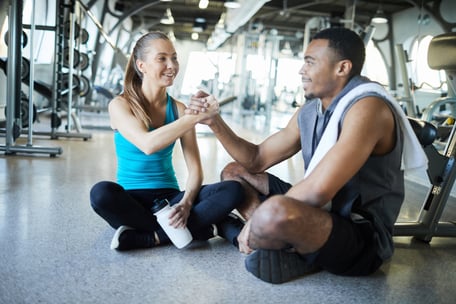 So often in life people like to look at things as win or lose. But what if you switched your perspective to thinking of making progress by winning each day? With this simple shift, your days can be filled with more positivity and success instead of the typical mindset of losing or not being good enough.
So often in life people like to look at things as win or lose. But what if you switched your perspective to thinking of making progress by winning each day? With this simple shift, your days can be filled with more positivity and success instead of the typical mindset of losing or not being good enough.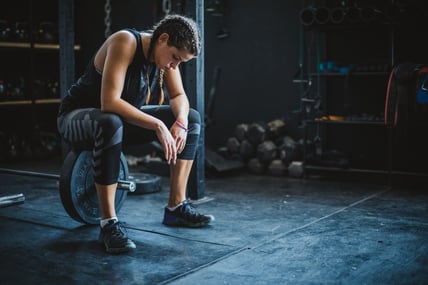 The peripheral pollution surrounding what fitness and wellness should look like and how you get there is near epidemic status. The topic of high-intensity training receives the majority of the attention, with using Olympic lifts for conditioning a close second. And oh, what is “Insta-worthy” is atop the pollution charts as well. Okay, so that last one was a personal gripe more than based on empirical data. No matter; there are so many messages out there, many of them incorrect and downright unsafe, that it is hard to wade through the muck to get to the clear and beneficial information.
The peripheral pollution surrounding what fitness and wellness should look like and how you get there is near epidemic status. The topic of high-intensity training receives the majority of the attention, with using Olympic lifts for conditioning a close second. And oh, what is “Insta-worthy” is atop the pollution charts as well. Okay, so that last one was a personal gripe more than based on empirical data. No matter; there are so many messages out there, many of them incorrect and downright unsafe, that it is hard to wade through the muck to get to the clear and beneficial information.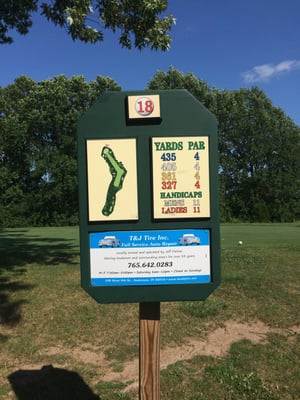 I celebrated my 40th birthday almost a year ago but postponed writing the “I’m 40 now” blog until now, mainly because it is a bit played out. But more importantly, I wanted to see what this 40 thing was all about before writing about it.
I celebrated my 40th birthday almost a year ago but postponed writing the “I’m 40 now” blog until now, mainly because it is a bit played out. But more importantly, I wanted to see what this 40 thing was all about before writing about it. Check your expectations/mindset. Although it can be hard to handle at times (believe me), physical abilities are going to change and it is important to evaluate and adjust your expectations. This will help when you are faced with a physical challenge that you might have formerly handled pretty easily, to determine whether you should attempt it or live to fight another day. Your mindset is your story; now it’s just the next chapter. Negative self-talk about what you used to be able to do will not help in moving forward positively. I have found it helpful to manage the minimums and find that new normal. This will keep you safe both physically and mentally.
Check your expectations/mindset. Although it can be hard to handle at times (believe me), physical abilities are going to change and it is important to evaluate and adjust your expectations. This will help when you are faced with a physical challenge that you might have formerly handled pretty easily, to determine whether you should attempt it or live to fight another day. Your mindset is your story; now it’s just the next chapter. Negative self-talk about what you used to be able to do will not help in moving forward positively. I have found it helpful to manage the minimums and find that new normal. This will keep you safe both physically and mentally. Fitness trends come and go, but heart-rate training is something that has been around for a long time; and due to its validity, I have a feeling it will not be leaving anytime soon. In fact, some places base their entire programming around your heart rate. And knowing your heart-rate training zone is actually a very useful tool for anyone—from the marathon runner to the three-times-a-week boot camp attendee!
Fitness trends come and go, but heart-rate training is something that has been around for a long time; and due to its validity, I have a feeling it will not be leaving anytime soon. In fact, some places base their entire programming around your heart rate. And knowing your heart-rate training zone is actually a very useful tool for anyone—from the marathon runner to the three-times-a-week boot camp attendee!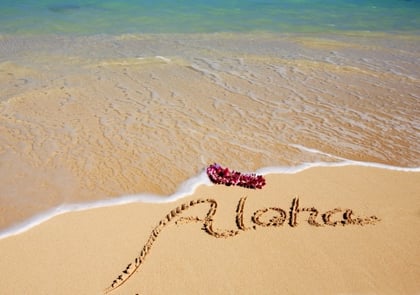 A few summers back, I spent 5 fantastic days in Maui with my wife and her family, and as you can probably imagine, I had the best time of my life there! I have been so lucky to be included on my wife’s family vacations and have had the opportunity to visit some amazing places, each one better than the last. For that, I am extremely thankful!
A few summers back, I spent 5 fantastic days in Maui with my wife and her family, and as you can probably imagine, I had the best time of my life there! I have been so lucky to be included on my wife’s family vacations and have had the opportunity to visit some amazing places, each one better than the last. For that, I am extremely thankful! NIFS'
NIFS' 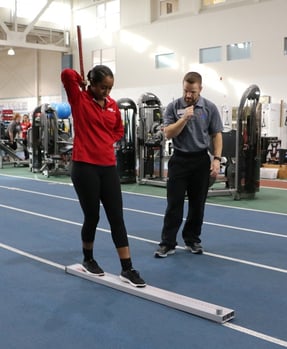 This sits at #1 on the list for good reason. The
This sits at #1 on the list for good reason. The 
